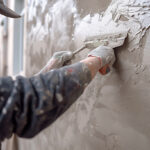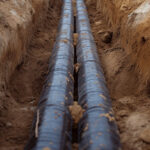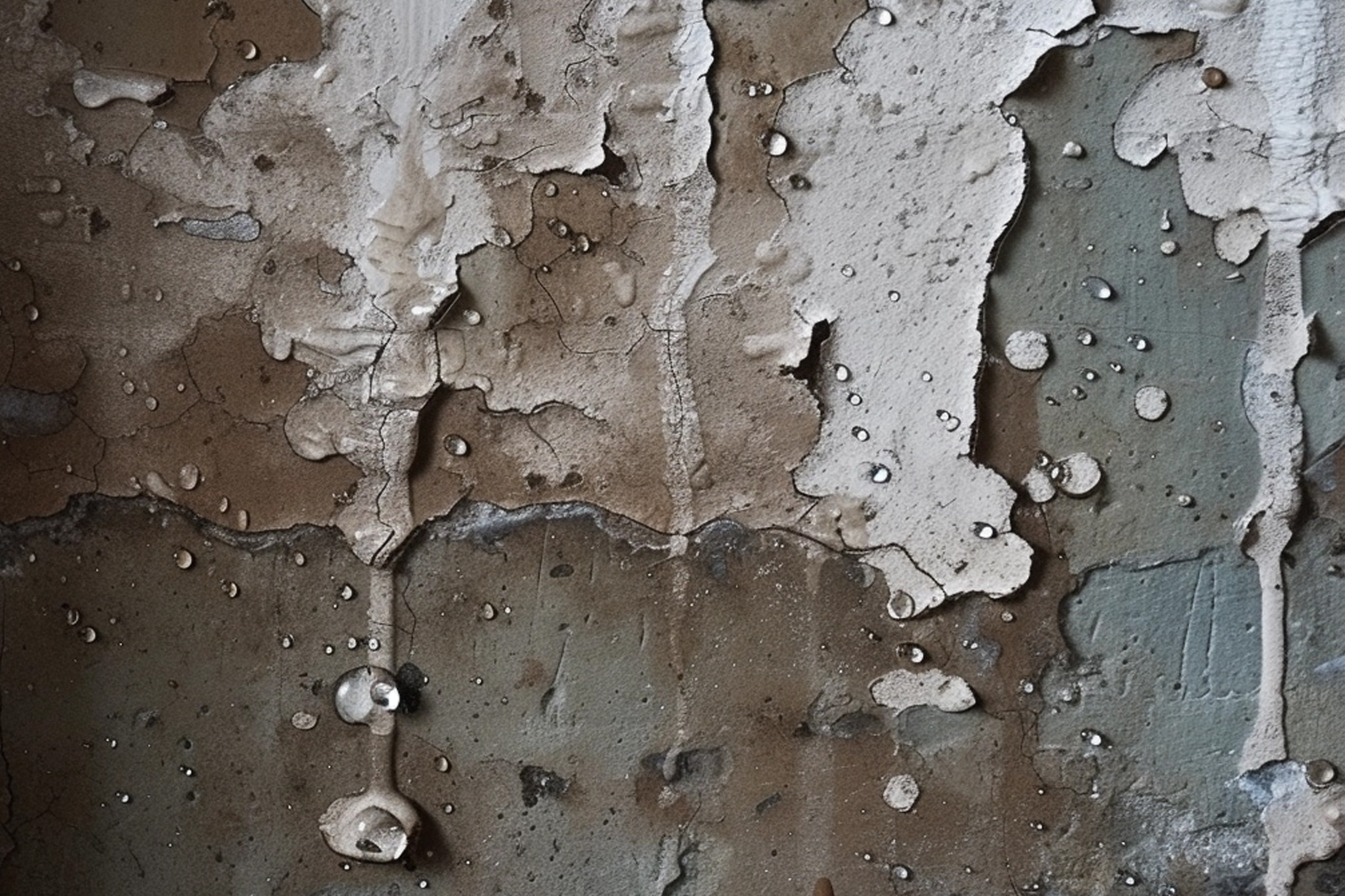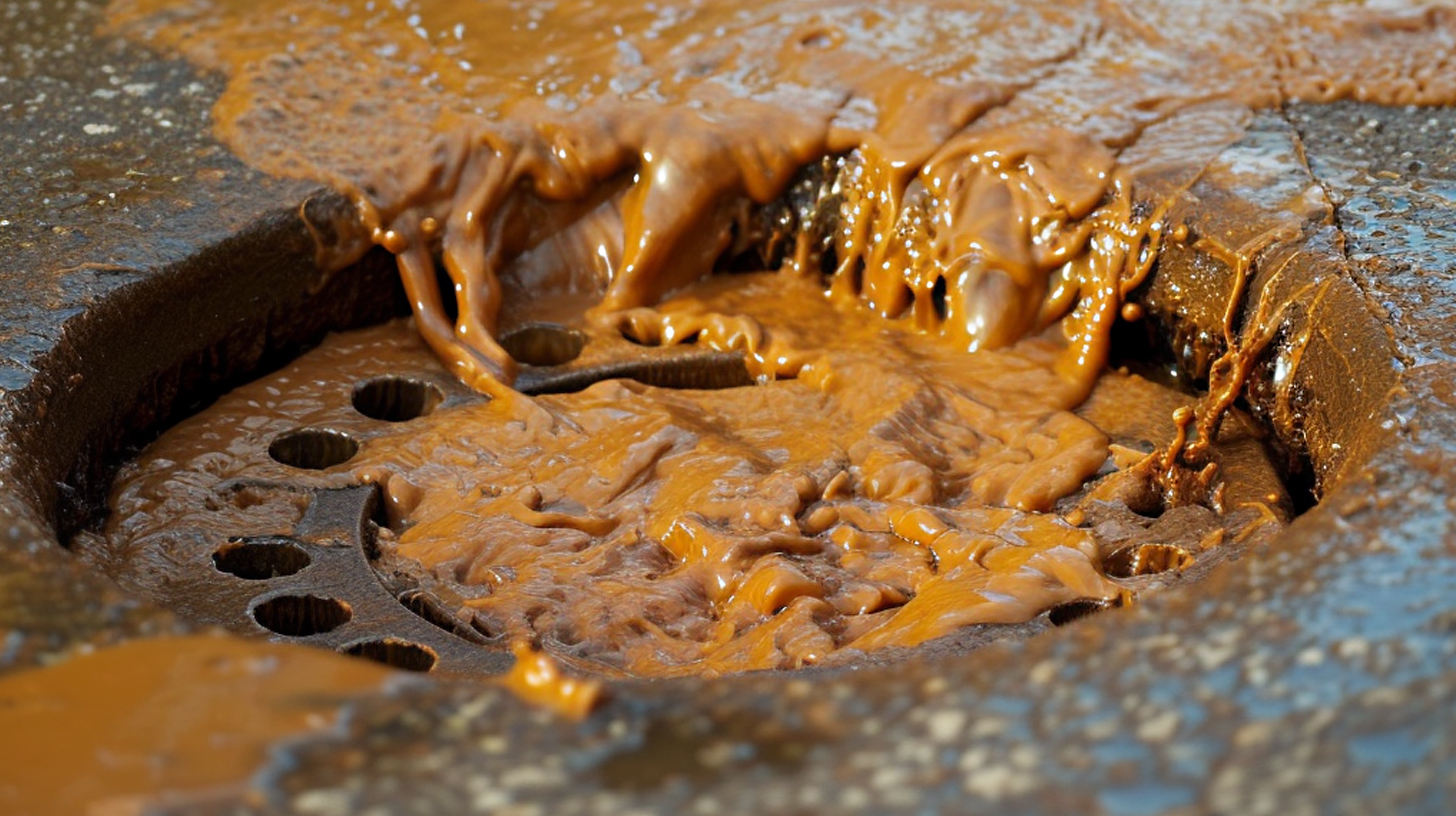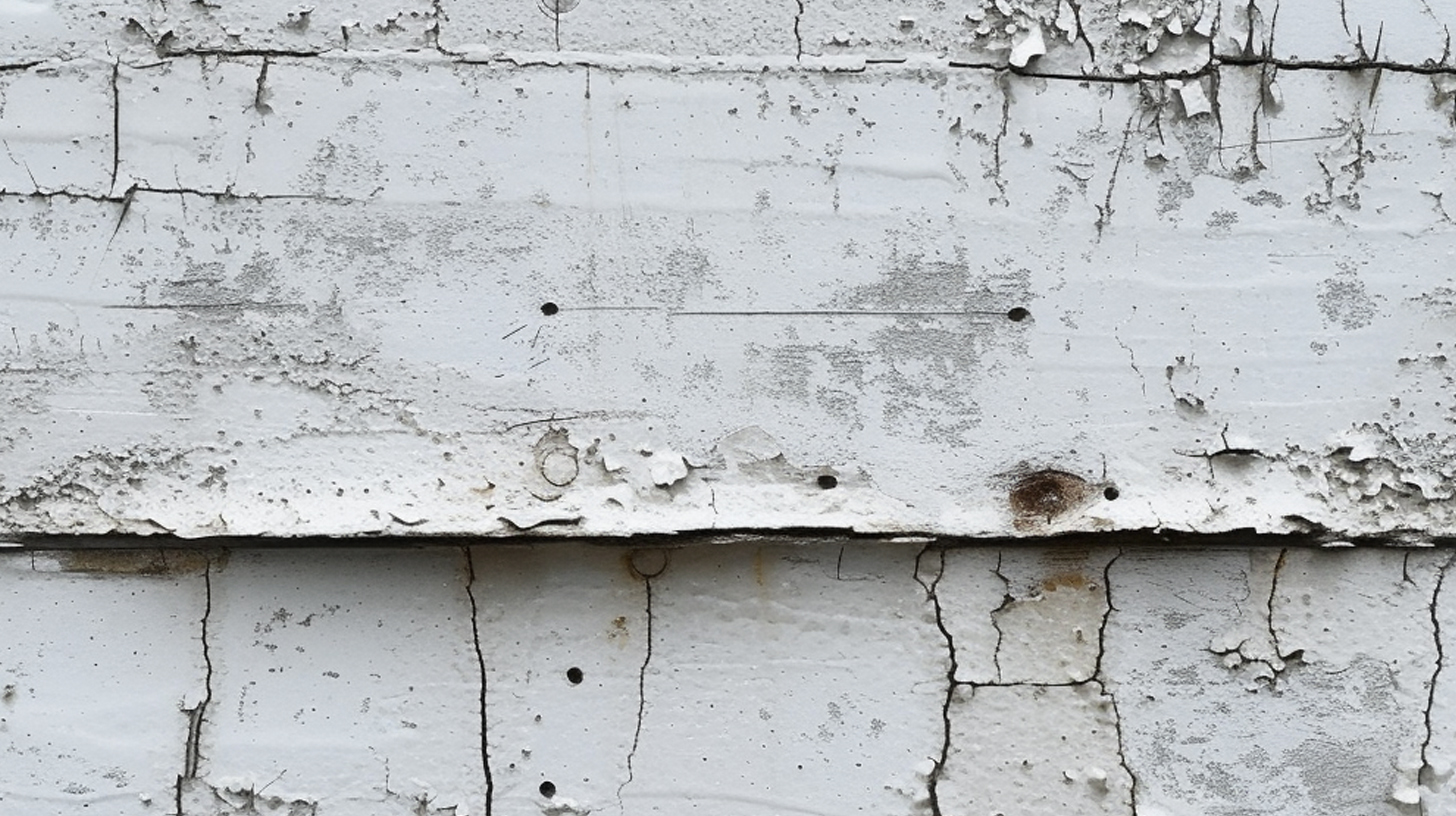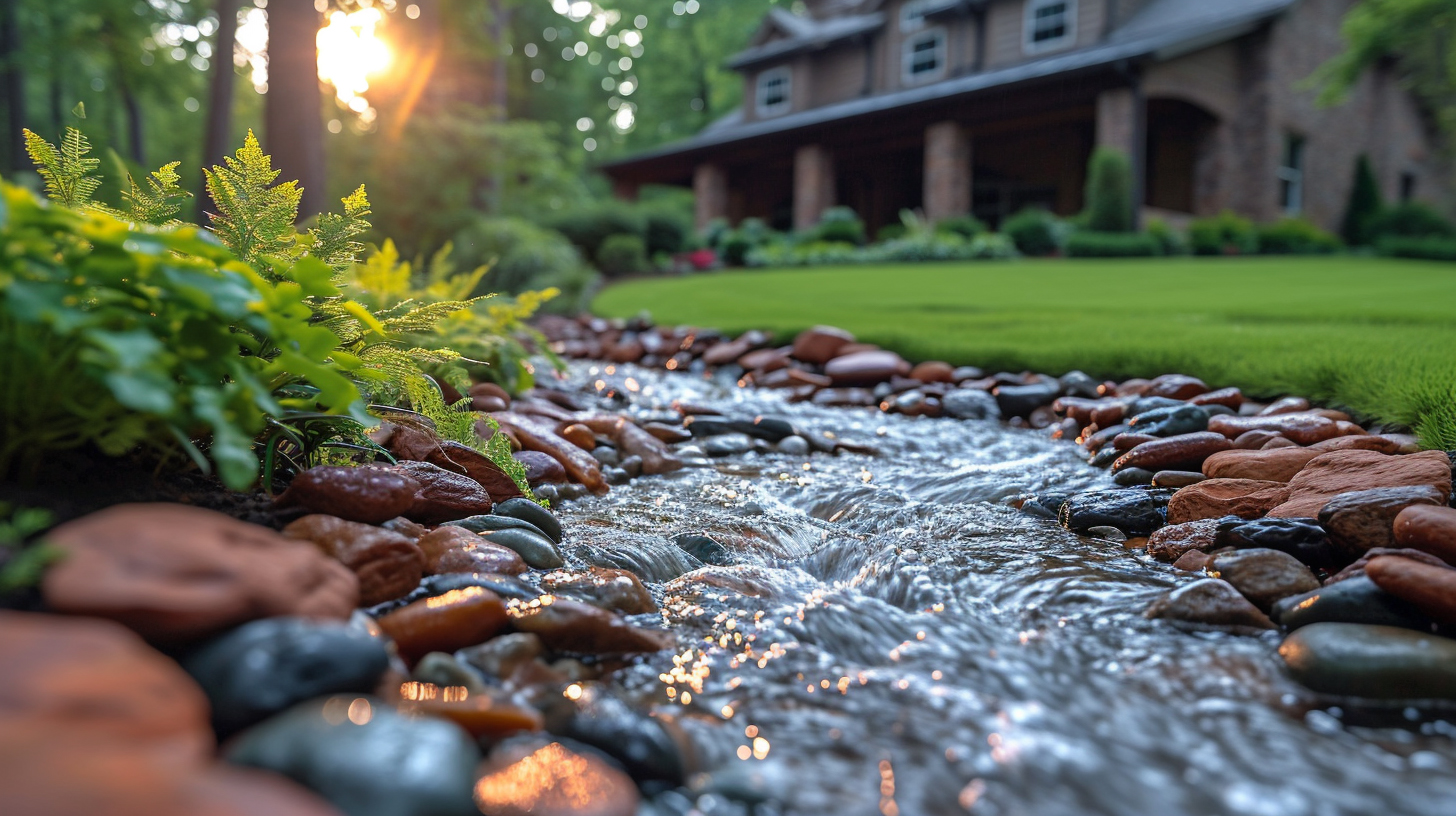Understanding the Basics of Interior Waterproofing
Alright, let’s talk about the basics of interior waterproofing. This is the stuff you need to know if your basement or other indoor spaces are prone to leaks and moisture issues.
Interior waterproofing is all about protecting the inside of your home from water damage. It’s different from the traditional outdoor waterproofing, which focuses on the exterior of the building. With interior waterproofing, the goal is to seal up any cracks, holes or weak spots on the inside walls and floors to keep that pesky water out.
There are a few different methods for interior waterproofing – you’ve got your coatings, membranes, and sealants. The right approach depends on the specific issues you’re dealing with. But the end game is the same – making sure water stays on the outside where it belongs.
So if you’re tired of mopping up puddles in the basement or dealing with damp, musty spaces, interior waterproofing might be the solution you need. It’s a pretty straightforward process, but definitely good to understand the basics before getting started.
The Advantages and Disadvantages of Interior Waterproofing
When it comes to interior waterproofing, there are definitely some pros and cons to consider. On the plus side, it can help prevent water damage and leaks, which is always a big plus in my book. And it can also improve the overall look and feel of a space, making it feel more polished and put-together.
But on the downside, interior waterproofing can be a bit of a pain to install, and it’s not always the cheapest option out there. Plus, if it’s not done properly, it can actually end up causing more problems than it solves.
So if you’re thinking about going the interior waterproofing route, just make sure you weigh all the factors and work with a reputable contractor who knows what they’re doing. That way, you can hopefully avoid any major headaches down the line.
Exterior Waterproofing: Protecting Your Home’s Foundation
Alright, let’s talk about something important – keeping the outside of your home nice and dry! Exterior waterproofing is where it’s at when it comes to protecting your home’s foundation. Think about it, the ground around your place is constantly trying to soak up moisture, and that can really do a number on your foundation if you’re not careful.
That’s where exterior waterproofing comes in to save the day. By sealing up the outside of your foundation, you’re creating a barrier that keeps that pesky groundwater from working its way in and causing all sorts of problems. No more cracks, leaks, or other nasty issues – just a solid, dry foundation that can stand up to whatever Mother Nature throws its way.
Now, I know what you’re thinking – “But won’t that be a huge pain to install?” Nah, not really. There are all kinds of exterior waterproofing solutions out there these days, from coatings and membranes to drainage systems. The key is finding the right one for your home and getting it done right. Trust me, it’s way better than dealing with a crumbling foundation down the line.
Weighing the Pros and Cons of Exterior Waterproofing
When it comes to waterproofing your home, you’ve got a choice to make – do you go with exterior or interior waterproofing? Both have their pros and cons, so let’s break it down.
The main advantage of exterior waterproofing is that it stops water from ever reaching the inside of your home. This can be a real lifesaver if you live in an area with heavy rains or flooding. The downside is that it can be a bigger job and more expensive upfront.
On the flip side, interior waterproofing is generally more affordable and easier to install. But it only protects the inside of your home, so you might still get some moisture seeping through. Not ideal if you want to keep your basement or crawl space completely dry.
At the end of the day, it comes down to your specific needs and budget. Exterior waterproofing gives you that extra layer of protection, but interior waterproofing can still get the job done if that’s what works best for you. Weigh the pros and cons, and make the call that makes the most sense for your home.
Which Type of Waterproofing is Best for Your Home?
Alright, let’s talk about waterproofing your home! This can be a real headache, but we’re here to break it down for you in a super casual way.
First off, you have to decide if you need interior or exterior waterproofing. Interior is all about protecting the inside of your home from moisture, while exterior is about keeping that water on the outside where it belongs. Depending on your situation, one might work better than the other.
Now, let’s get into the nitty-gritty. Interior waterproofing often involves things like sealants, membranes, and drainage systems. Exterior is more about coatings, sealers, and proper grading around your foundation. The best method really depends on where the water is coming from and how it’s getting in.
My advice? Chat with a waterproofing pro and get their expert opinion. They can assess your home and give you the scoop on which type of waterproofing is gonna work best. No need to stress, just let the pros handle it!
Making the Right Waterproofing Choice for Your Home
When it comes to waterproofing your home, there’s no one-size-fits-all solution. It really depends on your specific needs and the unique challenges of your property. The good news is, there are plenty of options out there to choose from.
Whether you’re dealing with a leaky basement, a damp crawl space, or just want to make sure your home is protected from the elements, the key is to do your research and find the right waterproofing system for the job. Don’t be afraid to ask the experts for guidance – they can help you weigh the pros and cons of different approaches and make sure you’re making the best call for your home and your budget.
At the end of the day, the right waterproofing solution is the one that gives you peace of mind and keeps your home high and dry for years to come. So take your time, explore your options, and don’t be afraid to get a little creative. Your home (and your wallet) will thank you in the long run.


